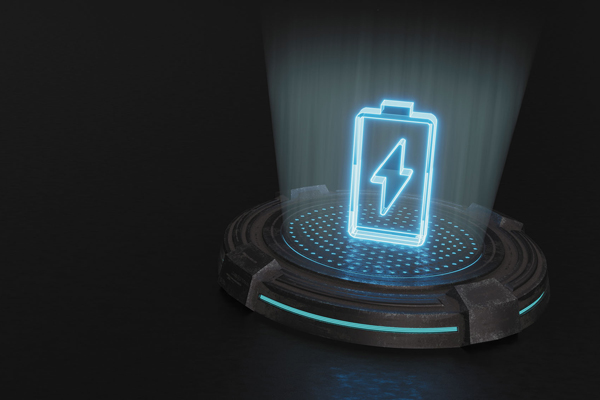
By Sheryl S. Jackson
In the quest to improve productivity, decrease costs and enhance safety in the warehouse or distribution facility, owners and managers look to a variety of equipment, technology and training. There is, however, one area that usually does not top the list of actions considered essential for performance improvement.
“Batteries and battery charging technology are often overlooked as a way to improve productivity and reduce costs because they have always been so reliable and because the technology was the same for so long,” said Harold Vanasse, senior director of motive power marketing, Americas at MHI member EnerSys. Even as new technology emerged—such as fast chargers that support opportunity charging during an operator’s lunch break—adoption of new batteries and charging systems did not take off until more recent years, he said. “The last five years have seen dramatic changes in the industry that have made it necessary to evaluate how equipment is powered.”
The traditional warehouse approach to having one lead acid battery charged, one cooling and one in use during an eight-hour shift for each lift truck has changed due to increasing demands on the industry that now has distribution centers operating 24/7. The need to maximize use of space in a facility as well as safety risks involved in removal and maintenance of traditional lead acid batteries has also led to changes in battery systems chosen by facility operators.
“People are spending money on trucks with more capabilities but if the equipment is not powered properly, warehouse owners do not realize the full value of their equipment,” said Steven LaFevers, vice president of emerging technology at MHI member Hyster Company. It is important to adopt the correct battery and charging system for the specific needs of the owner. “There are options that include low, medium and heavy-duty batteries with charging technology that can provide opportunity charging while the truck is out of use for short periods of time or longer charging periods if the truck is not needed every shift.”
Battery innovations have included the development of the Thin Plate Pure Lead (TPPL) battery design, which is a variant of absorbed glass mat batteries that do not require the same level of maintenance as traditional, flooded lead acid batteries, pointed out Rod Dayrit, North American director of business development for MHI member Delta-Q Technologies. “These sealed solutions address safety concerns of battery maintenance and they can handle quicker charging times.,” he said. “There is also an emerging trend of more facility operators choosing lithium-ion batteries, which charge quickly and require minimal maintenance.”
The capital expenditure for lithium-ion batteries is higher than lead acid batteries, but the total cost of ownership is less, said Dayrit. “One main reason is that the degradation of capacity over time is far greater for lead acid batteries than for lithium.” Less maintenance, faster charging times, longer life and better performance are a few of the benefits, he added.
TPPL batteries can be used with quick charging technology, but it can lead to a reduced lifespan of the battery if not held to the 60% depth of discharge requirement for this product type, said Damon M. Hosmer, product manager of Energy Storage Solutions at MHI member The Raymond Corporation. “When relying on opportunity charging throughout a shift, a five-year lead battery may only last 3.3 years,” he said. “Some owners choose to reduce the life of the battery to gain productivity, but make sure you understand how the charging option you select will affect the battery.”
Read More…
 MHI Solutions Improving Supply Chain Performance
MHI Solutions Improving Supply Chain Performance